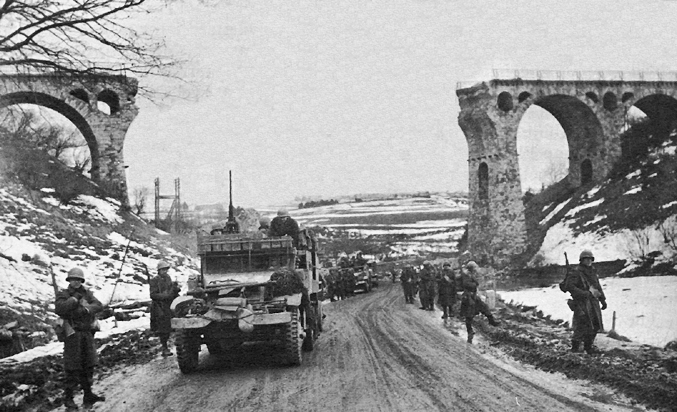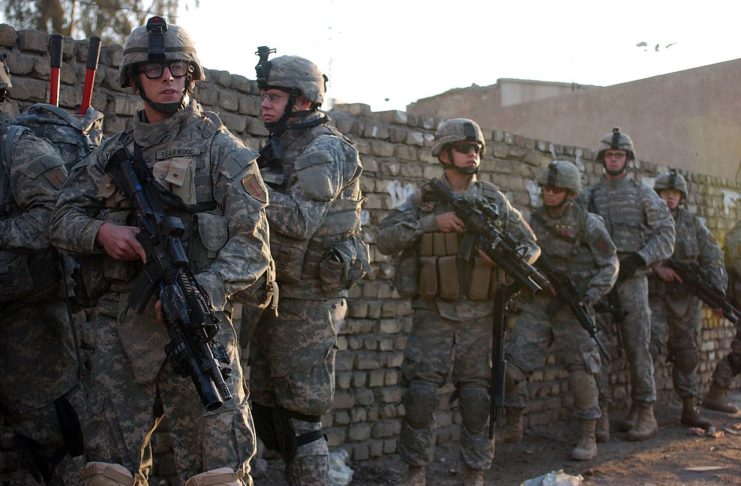In 1941 beloved superhero Captain America appeared in a Marvel comic book for the first time. Shown punching the Führer on his debut comic cover, Captain America started out as the humble Steve Rogers, a scrawny man who is too weak to fight in WWII. However, after he is amped up by a special serum, he becomes the perfect soldier. Rogers was then given the rank of Captain and assigned to the 1st Battalion, 26th Infantry Regiment, 1st Infantry Division.
While Captain America is a fictional character, his unit was not, and it’s still active today.
The 26th Infantry Regiment

The 26th Infantry Regiment was created in the early years of the 20th century to bolster the overextended US Army conducting operations in the Philippines, Cuba, and Puerto Rico. The 26th began its service in the Philippines and soon earned its first battle streamer. It would spend most of its existence before WWI in the Southwest Pacific, the Indian frontier, and the Mexican frontier.
The Blue Spaders
The 26th Infantry Regiment’s unit insignia features a blue Indian arrowhead, which resembles a spade. As a result, the regiment earned the nickname “Blue Spaders.”
WWI
When the regiment reached France they were quickly sent to the frontlines, where they fought in vicious combat and received heavy losses. Over 900 Blue Spaders were lost in just six months.
WWII
The 26th Infantry Regiment was once again readied for war after the Japanese attacked Pearl Harbor in December 1941. The Blue Spaders was assigned to the 1st Infantry Division and were extremely busy throughout the Second World War, participating in some of the conflict’s most famous battles.
They captured the first German city at Aachen, fought through the Battle of the Bulge, and crossed the Rhine.
Vietnam
During the Vietnam War, the 26th Infantry Regiment was once again assigned to the 1st Infantry Division and deployed to Vietnam. They arrived in the country in 1965 as part of America’s first division-sized unit to reach Vietnam.
Blue Spaders in the Balkans and modern-day

In 1996, nearly a century after the regiment was formed, the Blue Spaders were deployed to the Balkans and served in Bosnia, the Republic of Macedonia, and Kosovo, adding more awards to their impressive record.
In the early 2000s, the 26th were sent to Iraq as part of Operation Iraqi Freedom and then to Afghanistan for Operation Enduring Freedom.
